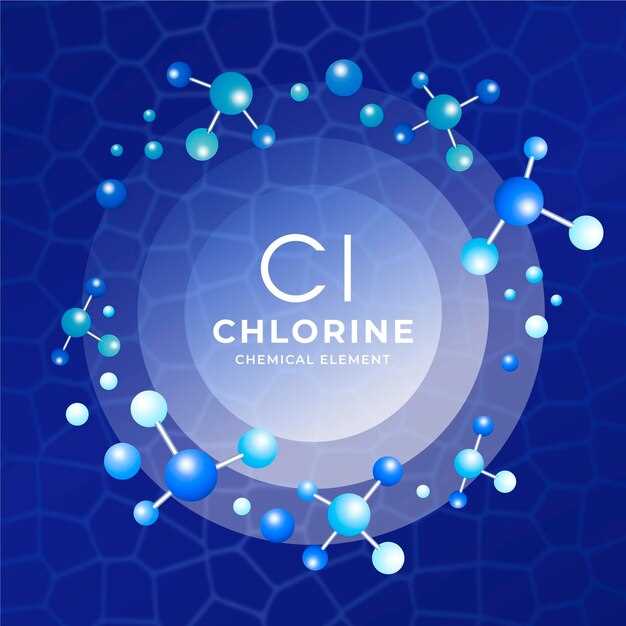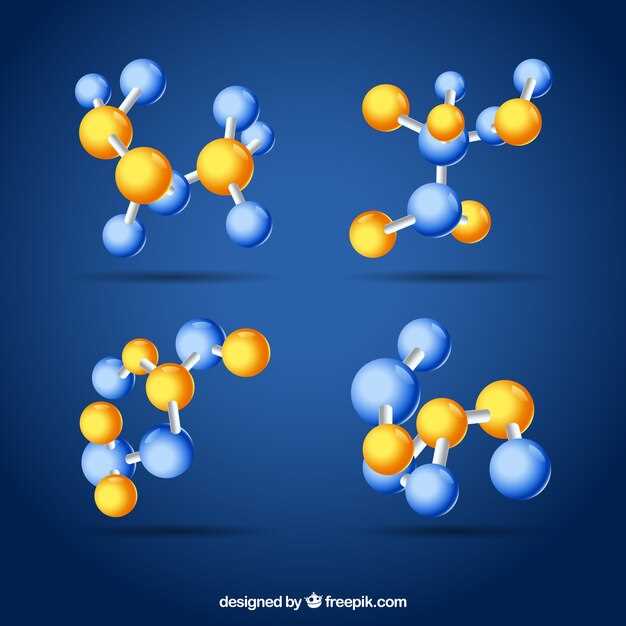
Discover the incredible Rosuvastatin Calcium chemical structure, an innovative solution for managing high cholesterol and promoting cardiovascular health.
Rosuvastatin Calcium is a highly effective statin medication used to lower LDL cholesterol levels and reduce the risk of heart disease and stroke. With its unique molecular structure, it inhibits the enzyme responsible for cholesterol production, helping to maintain healthy lipid levels in the body.
Experience the benefits of Rosuvastatin Calcium today and take control of your cardiovascular well-being. Start your journey towards a healthier life with this exceptional cholesterol-reducing compound!
Partner with us and make the smart choice for managing your cholesterol levels. Trust in the power of Rosuvastatin Calcium and embrace a life of optimal heart health!
The Importance of Rosuvastatin Calcium Chemical Structure
The chemical structure of rosuvastatin calcium is of great importance in understanding its applications and mechanism of action. The structure of a compound can greatly influence its properties and interactions with biological systems.
Rosuvastatin calcium is a synthetic compound with a unique chemical structure that allows it to effectively lower cholesterol levels in the body. It belongs to a class of medications known as statins, which are widely used for their lipid-lowering effects.
The chemical structure of rosuvastatin calcium consists of a hydrophilic portion and a hydrophobic portion. The hydrophilic region allows the compound to dissolve in water, while the hydrophobic region enables it to interact with lipid molecules and cellular membranes.
Through its unique chemical structure, rosuvastatin calcium can selectively inhibit an enzyme called HMG-CoA reductase, which is involved in the production of cholesterol in the body. By inhibiting this enzyme, rosuvastatin calcium effectively reduces the amount of cholesterol being produced, leading to lower levels of LDL cholesterol (often referred to as “bad” cholesterol) in the bloodstream.
The chemical structure of rosuvastatin calcium also plays a crucial role in its pharmacokinetics. The compound undergoes extensive metabolism in the liver, where it is transformed into active metabolites that further contribute to its cholesterol-lowering effects.
Furthermore, the chemical structure of rosuvastatin calcium influences its interactions with other medications and potential side effects. Understanding the structure allows healthcare professionals to assess the safety and efficacy of co-administered drugs and minimize the risk of drug interactions.
In conclusion, the chemical structure of rosuvastatin calcium is essential in understanding its applications, mechanism of action, pharmacokinetics, and potential side effects. It showcases the unique properties that make rosuvastatin calcium an effective and widely used medication for managing cholesterol levels.
Applications of Rosuvastatin Calcium Chemical Structure
The chemical structure of rosuvastatin calcium has a wide range of applications in the field of medicine and pharmacology. It is primarily used as a medication to lower cholesterol and triglyceride levels in the blood. This is achieved through its mechanism of action, which involves inhibiting the enzyme HMG-CoA reductase, an essential enzyme in the cholesterol synthesis pathway.
Rosuvastatin calcium is commonly prescribed to patients with hypercholesterolemia or those at risk of cardiovascular diseases. By reducing cholesterol levels, it helps to prevent the buildup of plaque in the arteries, which can lead to conditions like atherosclerosis and ultimately increase the risk of heart attacks and strokes.
In addition to its cholesterol-lowering effects, the chemical structure of rosuvastatin calcium has also been found to have other therapeutic applications. It has been shown to have anti-inflammatory properties, which can be beneficial in various inflammatory conditions such as rheumatoid arthritis and inflammatory bowel disease.
Cardiovascular Diseases
Rosuvastatin calcium is particularly effective in treating cardiovascular diseases, including coronary artery disease, angina, and myocardial infarction. By lowering cholesterol levels, it helps to improve blood flow and reduce the risk of blockages in the arteries.
Preventing Stroke
Studies have shown that rosuvastatin calcium can also help to prevent strokes, particularly in individuals with a history of cardiovascular diseases. By reducing cholesterol levels and improving overall cardiovascular health, it can significantly reduce the risk of ischemic strokes.
In conclusion, the chemical structure of rosuvastatin calcium has diverse applications in the field of medicine. Its primary use is in lowering cholesterol levels and preventing cardiovascular diseases, but it also has anti-inflammatory properties that can be beneficial in various inflammatory conditions. With ongoing research and development, the future holds promise for further advancements and applications of rosuvastatin calcium chemical structure.
The Mechanism of Action of Rosuvastatin Calcium Chemical Structure
Rosuvastatin calcium, a commonly prescribed statin medication, works by inhibiting the enzyme HMG-CoA reductase, which is responsible for the production of cholesterol in the liver. By preventing this enzyme from functioning properly, rosuvastatin calcium reduces the amount of cholesterol synthesized in the liver, leading to lower levels of LDL (bad) cholesterol in the bloodstream.
Furthermore, rosuvastatin calcium also increases the number of LDL receptors on the surface of liver cells. These receptors are responsible for removing LDL cholesterol from the bloodstream and breaking it down for elimination. By increasing the number of LDL receptors, rosuvastatin calcium enhances the removal of LDL cholesterol from the body.
Benefits of the Mechanism of Action
The mechanism of action of rosuvastatin calcium offers several benefits:
- Effective Cholesterol Lowering: By inhibiting HMG-CoA reductase and increasing LDL receptor activity, rosuvastatin calcium significantly reduces LDL cholesterol levels, leading to improved cardiovascular health.
- Increased HDL Cholesterol: Besides lowering LDL cholesterol, rosuvastatin calcium also increases the levels of HDL (good) cholesterol in the bloodstream, further promoting cardiovascular health.
- Reduced Risk of Cardiovascular Events: By lowering LDL cholesterol levels, rosuvastatin calcium reduces the risk of cardiovascular events such as heart attacks and strokes.
- Long-lasting Effects: The effects of rosuvastatin calcium on cholesterol levels are not only immediate but also long-lasting. This means that taking the medication regularly can provide sustained improvements in cholesterol levels.
Conclusion
Rosuvastatin calcium’s mechanism of action offers numerous benefits for individuals with high cholesterol levels. By inhibiting cholesterol synthesis, increasing LDL receptor activity, and improving the overall lipid profile, rosuvastatin calcium helps lower the risk of cardiovascular disease and promotes better cardiovascular health.
Advantages of Rosuvastatin Calcium Chemical Structure
Rosuvastatin calcium has several advantages over other statins due to its unique chemical structure. Here are some key benefits:
Potency
Rosuvastatin calcium is highly potent, meaning that it is effective at lowering LDL cholesterol levels even at low doses. This allows for better management of cholesterol levels with potentially fewer side effects.
Greater selectivity
Rosuvastatin calcium is more selective in targeting the liver, where it works to inhibit the production of cholesterol. This targeted approach minimizes unwanted effects on other organs and improves the overall safety profile of the medication.
Long duration of action

Rosuvastatin calcium has a relatively long half-life, which means it remains active in the body for an extended period of time. This allows for less frequent dosing and may improve patient compliance.
Improved lipid profile
Rosuvastatin calcium has been shown to not only reduce LDL cholesterol levels, but also to increase HDL cholesterol levels and decrease triglyceride levels. This comprehensive improvement in lipid profile contributes to better cardiovascular health.
Wide range of applications
Rosuvastatin calcium is approved for use in a wide range of cardiovascular conditions, including hypercholesterolemia, mixed dyslipidemia, and familial hypercholesterolemia. Its versatility makes it a valuable tool in managing various lipid disorders.
Well-established safety profile
Rosuvastatin calcium has been extensively studied and has a well-established safety profile. It has been shown to be generally well-tolerated, with the most common side effects being mild and transient.
In conclusion, the unique chemical structure of rosuvastatin calcium offers several advantages in terms of potency, selectivity, duration of action, lipid profile improvement, wide range of applications, and a well-established safety profile. These advantages make it a preferred choice for healthcare professionals in the management of lipid disorders.
Future Developments in Rosuvastatin Calcium Chemical Structure
In recent years, there have been significant advancements in the understanding and application of the chemical structure of Rosuvastatin Calcium. Researchers and scientists are continually working to discover new insights and improvements in this area. Here are some possible future developments:
1. Enhanced Efficacy

Scientists are exploring ways to modify the chemical structure of Rosuvastatin Calcium to improve its efficacy in lowering cholesterol levels. This could potentially lead to even better results in treating conditions such as hypercholesterolemia and preventing cardiovascular diseases.
2. Reduced Side Effects
Although Rosuvastatin Calcium is generally well-tolerated, researchers are striving to minimize any potential side effects associated with its use. By tailoring the chemical structure, it may be possible to develop a formulation with reduced side effects, making it safer and more tolerable for patients.
3. Targeted Therapy
Another area of future development is the exploration of targeted therapy using Rosuvastatin Calcium. Scientists are investigating ways to modify the chemical structure to specifically target certain cellular mechanisms involved in cholesterol synthesis and metabolism. This targeted approach could potentially enhance the drug’s effectiveness while reducing its impact on other physiological processes.
With the continued advancements in scientific research, it is certain that future developments in Rosuvastatin Calcium’s chemical structure will have a positive impact on the treatment of various cardiovascular conditions. Patients can look forward to more effective and safer therapeutic options in the coming years.
